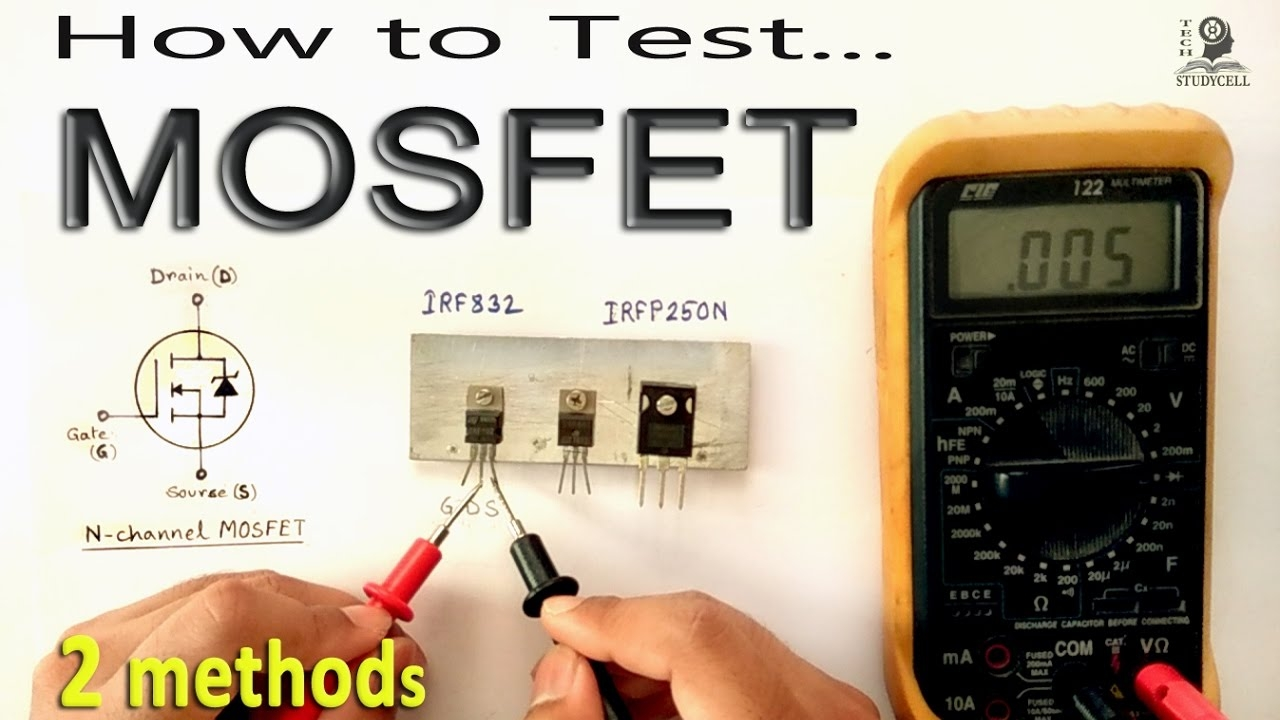- upload bom file
- +86 0755-82770375
- info@onepcba.com
- Compare Products
- Change Location:
How to test IC using a multimeter?

How to test IC using a multimeter?

Check whether there is a short circuit method of IC; Set the multimeter to continuous. Bridge all the pins on the IC side and connect them to one of the multimeter €™ s test probes. Test each IC pin with the remaining multimeter test probe: if there €™ continuity is in more than 50% of the pins, then the IC is likely to be short-circuited.
The multimeter can only be used to test the DC supply voltage of the IC, and use the ohmic range to determine whether the IC is grounded short circuit.
You can also use an oscilloscope to test the IC more accurately: the basic procedure is to connect the oscilloscope's ground test probe to a suitable ground point and another to each IC pin. Through the analysis of the output, the waveform can be seen as the advantages and disadvantages of the integrated circuit.
It is usually more accurate to use an oscilloscope to test the IC because the input and output signals can be seen, assuming that the IC has not developed any short circuit and has the correct DC power supply input (VCC). We must also know that not all integrated circuits have input signals. Take a common power IC oscillator IC in the switching power supply (UC3842) as an example. This type of IC produces its own output waveform once a DC power supply is present. This means that it does not require an external input signal to produce an output signal. In addition to this, there are microcontroller units (MCUS), PIC, EEprom, FLASH Rom, and Ram IC, which require professional testers like programmers and Ram testers to check if they are good or bad.
Conclusion: One must know what type of IC they have and then check the IC using only the correct test equipment.



